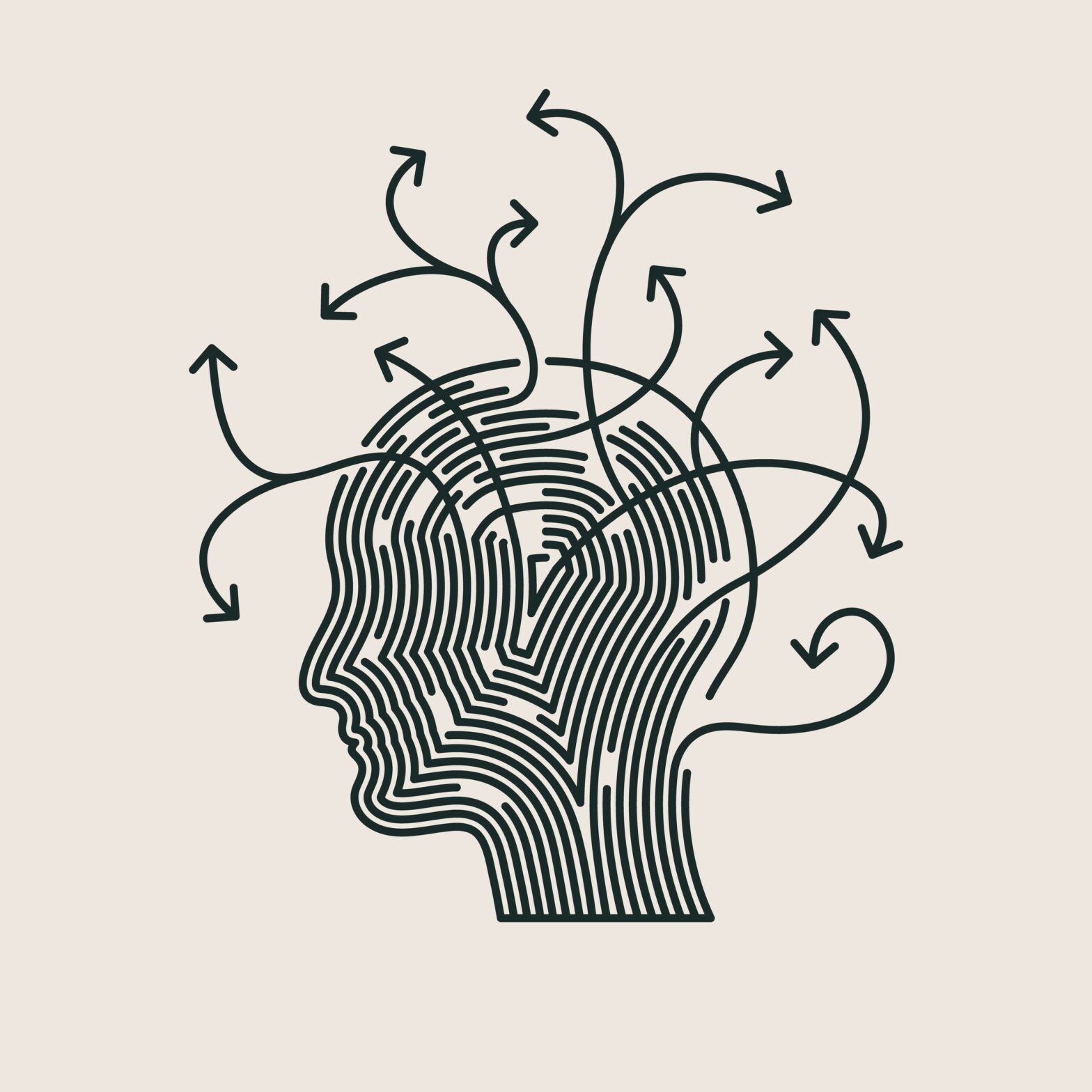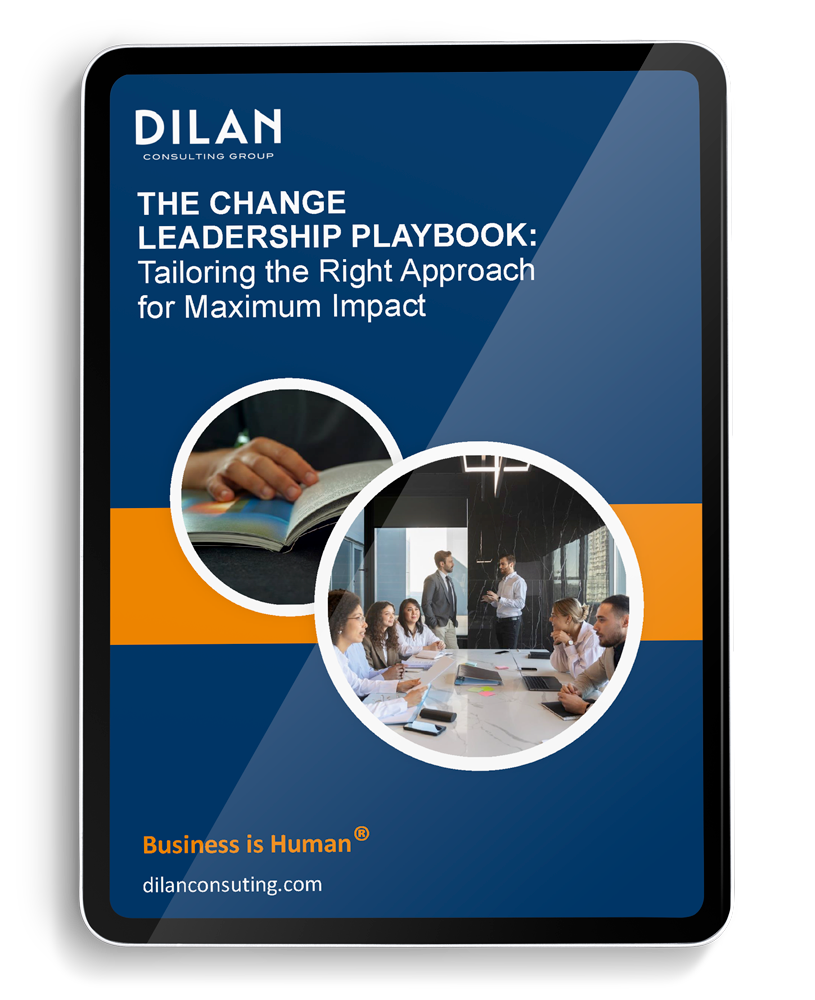The Boardroom Sprint
You’re the visionary in the room. You drive ideas, shape strategy, and move quickly toward the future. Your energy is contagious and your vision sharp. But behind the scenes, the wheels can wobble: deadlines slip, to-do lists grow longer, and staying on top of follow-ups starts to feel impossible.
You know exactly what needs to happen. But somehow, the execution doesn’t match the intention.
That’s not a sign of laziness or lack of discipline. It’s how ADHD (Attention-Deficit/Hyperactivity Disorder)—a brain-based condition that affects focus, planning, and emotional regulation—shows up in high-performing leadership.
And there’s a better way to lead with it.
A Different Kind of Operating System
ADHD affects an estimated 4.4% of adults in the U.S. (Kessler et al., 2006), and many people who live with it develop brilliant strategies to succeed: adrenaline-driven deadlines, late-night work sprints, or creative problem-solving under pressure.
But over time, those strategies wear thin.
As demands grow, old tactics break down. The mental juggling act becomes exhausting. Fortunately, ADHD doesn’t mean you’re broken—it means your brain is wired for speed, novelty, and big thinking. You just need systems that match that wiring.
Eight Evidence-Based Practices to Help You Lead With ADHD
-
Understand How Your Brain Works
ADHD isn’t a flaw in character—it’s a difference in cognition. Your brain is wired for fast thinking, creativity, and drive. But without intentional support, it can struggle with task management, time awareness, and emotional balance (Barkley, 2011).
Think of it like this: a Ferrari with bicycle brakes. You’ve got the horsepower—now you need a steering system that can keep up.
-
Shift Executive Functions Outside Your Head
Skills like planning, prioritizing, remembering, and finishing tasks are called executive functions. ADHD can make them inconsistent or unreliable. The solution? Don’t manage it all internally—externalize it.
Try tools like:
- Visual dashboards (Trello, Asana)
- Whiteboards, sticky notes, or phone reminders
- Time-blocked calendars with alarms
- Brief daily or weekly check-ins with a support partner
These reduce cognitive load and bring clarity without relying on willpower. (Brown, 2009)
-
Go From Insight to Action—Fast
Insight is valuable, but it won’t change behavior unless you take action immediately. Replace vague intentions like “I need to prioritize” with one clear next step.
For example:
“At 9 a.m. Monday, I’ll use the Eisenhower Matrix to sort my task list and snap a photo of it.”
The Eisenhower Matrix helps sort tasks by urgency and importance, so you’re not just reacting to what’s loudest.
-
Fuel Your Brain With the Right Kind of Motivation
ADHD brains run on interest-based attention, not obligation. That means boring or repetitive tasks often get ignored, no matter how important they are (Dodson, 2005).
You can unlock motivation by:
- Turning tasks into short games or sprints
- Connecting tasks to personal values and purpose
- Co-working with others (“body doubling” – working alongside another person, even virtually) to stay engaged
-
Redesign How You Relate to Time
ADHD often comes with time blindness—a distorted sense of how long things take or when things are due. The brain defaults to “now” or “not now.”
Here’s how to build a better relationship with time:
- Break goals into weekly or daily chunks
- Use visual timelines or progress bars
- Create artificial deadlines or public commitments to create urgency (Barkley, 2010)
-
Work With Emotions, Not Against Them
ADHD doesn’t just affect attention—it can intensify emotional responses. You might feel rejection sensitivity, imposter syndrome, or waves of frustration and shame.
To stay grounded:
- Practice mindfulness or slow breathing techniques to regulate reactions
- Reframe setbacks as part of your process—not a personal failure
- Speak to yourself with the same compassion you’d offer someone else
(Neff, 2011)
When emotions stabilize, so does focus and confidence.
-
Plan Around Energy—Not Just Hours
Not all hours are equal. Your energy fluctuates throughout the day based on your chronotype—your body’s natural rhythm. Schedule focus-heavy tasks when your energy peaks and protect those windows.
Create an “energy map” of your day, identifying:
- Peak focus periods (usually 60–90 minutes)
- Slower periods for admin or recovery
- Times when breaks or transitions are essential
This helps prevent burnout and increase productivity.
-
Bring Your Team Into the Process
ADHD doesn’t operate in isolation—it affects workflows, calendars, and people around you. When the people in your ecosystem understand what works for you, success becomes a shared outcome.
That might include:
- Aligning with an assistant or chief of staff
- Creating shared tools with your team
- Clarifying expectations without over-disclosing personal details
You don’t have to do this alone. When your systems work, everyone wins.
From Firefighting to Flow
Maria, a Fortune 500 CFO, spent years operating in high-alert mode—procrastinating on reports, scrambling through meetings, and staying up late to stay caught up.
After implementing a few strategic changes, everything shifted.
She started with a weekly 30-minute planning session. She tracked tasks on a visual dashboard. She capped her daily task list at three priorities. And she began recording voice memos instead of taking written notes.
Within six months, she wasn’t just catching up—she was leading from a place of clarity and calm.
Not by changing who she was. By designing her systems to match her brain.
Quick Reference Guide: Coaching Executives with ADHD
Use this chart as a quick reference for common challenges and practical coaching solutions:
|
Coaching Area |
ADHD Challenge |
Effective Coaching Strategy |
| Time Management | Time blindness, Understanding how long tasks take | Using alarms, visual schedules, and “fake” deadlines |
| Task Initiation | Avoidance, procrastination | Break tasks into micro-steps, use countdowns or timers |
| Planning & Prioritizing | Difficulty sorting what matter most | Use decision matrices, weekly planning routines |
| Memory & Organization | Forgetting tasks, losing track of steps | Externalize with whiteboards, digital lists, or reminders |
| Emotional Regulation | Frustration, sensitivity, shame | Practice Mindfulness, reframe mistakes, build self-compassion |
| Follow-Through | Starting strong, then dropping tasks | Use accountability loops and simple routines |
| Motivation | Inconsistent interest, boredom | Connect to personal goals, use reward or social pressure |
| Energy Management | Overcommitment, exhaustion | Map energy levels and adjust schedule for balance |
Final Thoughts: ADHD Isn’t a Barrier—It’s a Different Blueprint
Your brain isn’t a problem to solve. It’s a system to understand.
When you design your work around how your brain functions—rather than trying to force it into someone else’s model—you unlock not just productivity, but fulfillment. The same traits that make ADHD difficult in some environments—speed, depth, intuition, creativity—are your biggest assets when aligned with structure.
With the right supports, ADHD stops being a daily challenge and becomes a unique strategic advantage.
Note: Most our executive coaches are licensed psychologists, specifically trained to support leaders with ADHD. We understand your wiring—and we’re here to help you build systems that work for your brain, your role, and your life.
References
Barkley, R. A. (2010). Taking charge of adult ADHD. Guilford Press.
Barkley, R. A. (2011). Executive functions: What they are, how they work, and why they evolved. Guilford Press.
Brown, T. E. (2009). ADHD comorbidities: Handbook for ADHD complications in children and adults. American Psychiatric Publishing.
Dodson, W. (2005). ADHD and motivation: The challenge of interest-based performance. ADDitude Magazine.
Kessler, R. C., Adler, L., Barkley, R., Biederman, J., Conners, C. K., Demler, O., … & Zaslavsky, A. M. (2006). The prevalence and correlates of adult ADHD in the United States: Results from the National Comorbidity Survey Replication. American Journal of Psychiatry, 163(4), 716–723.
Neff, K. D. (2011). Self-compassion: The proven power of being kind to yourself. William Morrow.



